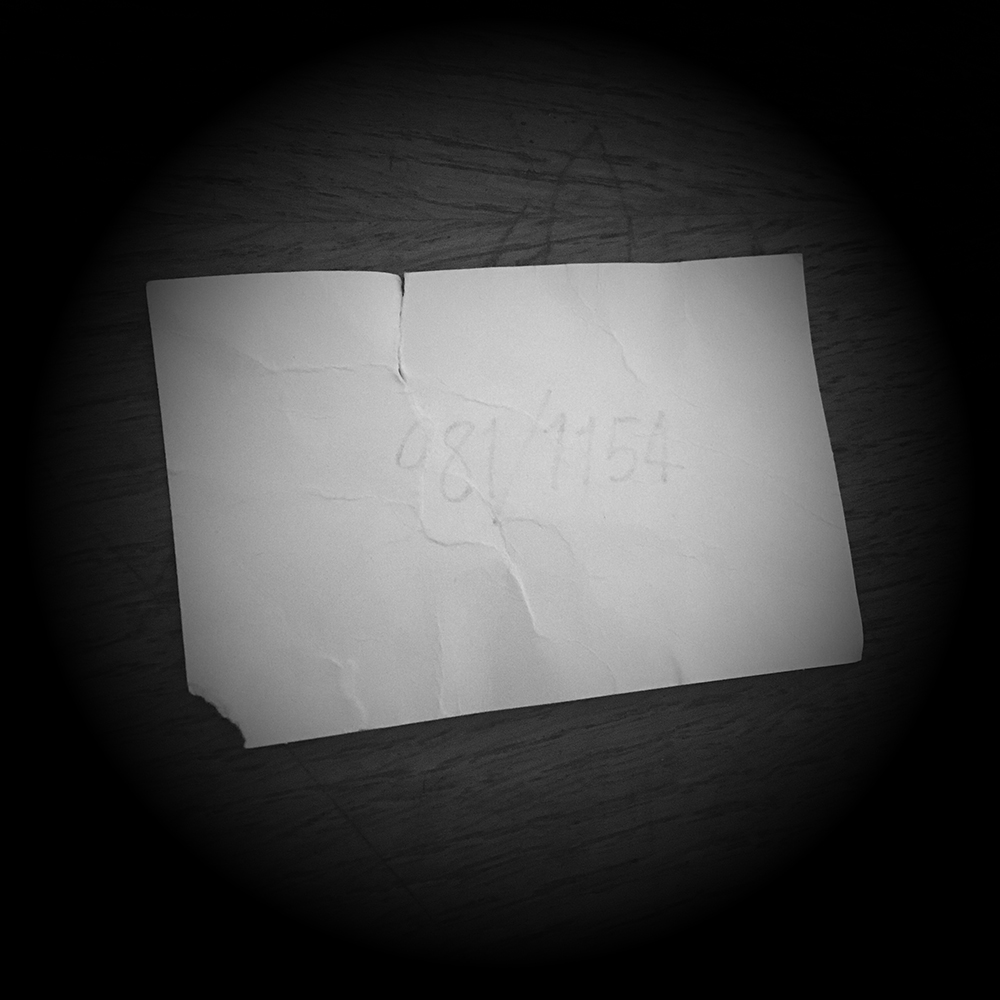The Big Noise

It happened at the only time it could have happened. In the only place it could have happened. Pianos were at the height of their popularity, affordable to more households than ever before. There was a piano in every pub, hotel and school. They were everywhere. Here, one in ten manufacturing jobs were in piano-making. Within the space of a few square miles, two hundred factories churned out instruments at such a rate that they became common currency. They were bought and sold daily on the streets and in the pubs for a fraction of what they had cost only a few years previously.
It was in this climate of piano fever that it happened.
The big question is, why would anyone go along with it? Of course, no-one who was there is alive now to tell us, so we must rely on the oral histories recorded some fifty years later. These are thankfully preserved in the local museum, housed within the council-run library. Though much of the collection relating to the event is now sadly lost, enough remains to piece together a rough picture.
The jewel of the museum collection, and the only remaining physical evidence of the event is a calling card, donated by Mrs Ethel Wheatley, which was found among her late mother’s possessions. It is largely down to her vigilance that we have definitive proof that the event even happened, as one might be forgiven for doubting its veracity, absurd and improbable as it may seem. The item in question is a card of the type which was popular at the time, but very simple, with an inornate border and a printed message in an unfussy type. It read: “You are invited to a performance of Beethoven’s Piano Sonata No. 14 (Moonlight Sonata) on Saturday 17th August at 3pm, Town Hall. Please bring piano. Score attached.” Sure enough, the card still has attached to it, by a brass paper fastener, a smaller card with a printed stave about an inch square. It has a bass clef, and a single note transcribed, a G# semibreve in the 3rd octave, proudly occupying the topmost gap in the stave. On the back of the card, handwritten in what is now rather faint pencil is the following: “981/1154”. Mrs Wheatley recalls her mother recounting her reaction to the invitation:
“She couldn’t believe it – being asked to perform in public. They’d only had the piano about a month.” Her mother went on to explain of course that she had not been requested to perform the whole piece. Just a G# semibreve in the 3rd octave. It quickly became apparent that a lot of people had received a card, and attached, a smaller card, each marked with a stave and a single note on the front and catalogued with a number from 1 to 1154 on the back. There seemed to be a lot of triplets – there were three F# triplets in the 4th octave (the bottommost gap in the treble clef) on her mother’s street alone. She remarks that her mother had felt very proud that she had been entrusted with a semibreve, when so many of her neighbours had been assigned triplets, and in some cases, a lowly semi-quaver. The cards had arrived giving two weeks’ notice of the performance.
We also have the testimony of Mr Thomas Godwin, who retells his father’s recollections: “Apparently, people talked of nothing else. To begin with, people were just puzzled, and conversation on the topic was largely sceptical, and quite scathing. Mostly trying to work out whether the other person was going to go ahead with such a ridiculous idea. But then something changed. A curiosity set in – would they be told what order to play in? What would happen if they didn’t go? Would there be a gap where their note should have been? Nobody wanted to be the one to sabotage the performance, they were lovers of culture after all.” Some voices were louder than others in favour, such as Mr Samuel Parry, whose mighty G# semibreve tied over twelve beats in the 1st octave (picture the bass clef with three lines drawn underneath it – just under that) may have been a motivating factor. Gradually, a consensus emerged. Everyone would be there. It was clearly well-organised. They would see it through.
Mr Godwin could give no further details, saying that when quizzed on the events of the day, his father would only smile, shake his head and stare into the middle distance.
Finally, we have a single page diary entry of Mary Wilmot, sixteen years old at the time, to fill in some of the details. The account, which has unfortunately become separated from the rest of the diary, was submitted to the museum by the son of (family-friend of the Wheatley’s) Mr Joseph Scollard.
In it, Mary describes the excitement that had overtaken the town, culminating in the morning of the performance. She writes how unprepared she was for the noise of 1154 pianos trundling simultaneously down the streets from all directions as far as the eye could see, converging on their destination in front of the Town Hall. She writes that by 2pm, most people were in place outside the hall, and that it was clear that no-one was there to direct them. She does not record how it became apparent, but muses that the imposing shadow of the clockface must have communicated their task to them – they were to play their notes, all together, as the second hand hit 3pm. All were in agreement with this. As the time approached, a silence descended, as if awaiting an eclipse.
This is where the diary entry ends.
The Big Noise was shortlisted for the Sound Of The Year Awards 2022 and “Highly Commended” in the Imagined Sound category.